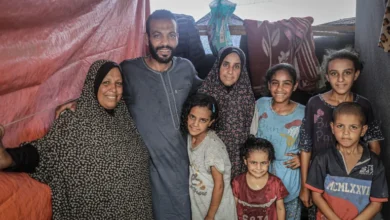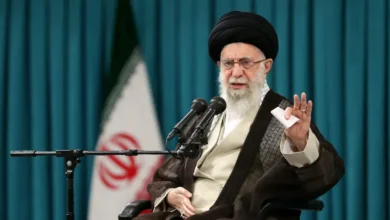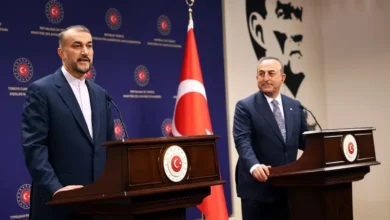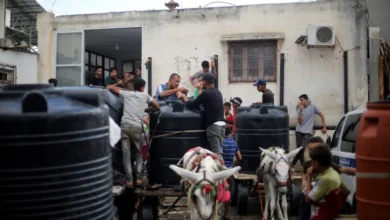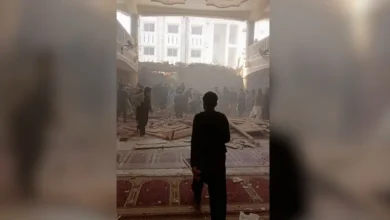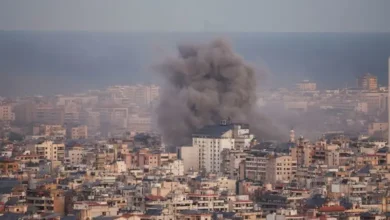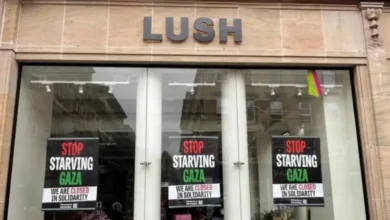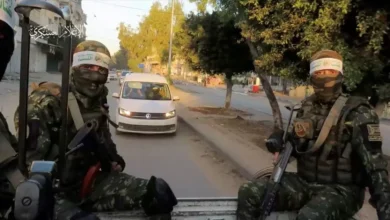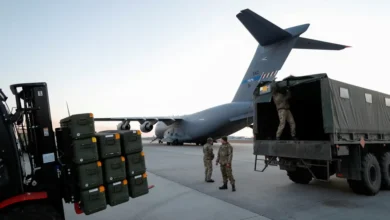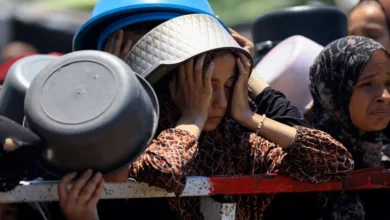US-built Gaza pier may be extended past July, US official says
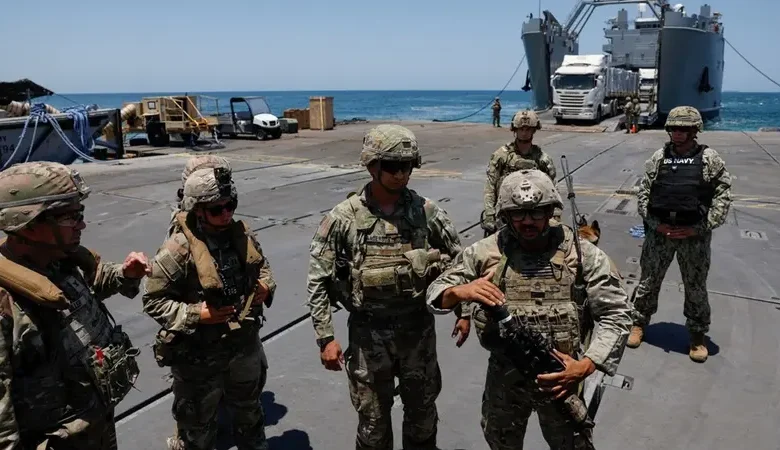
The US military’s pier off Gaza may be extended well beyond its July 31 authorization date if the United States and aid organizations can get aid flowing again to Palestinians in the coming days and weeks, a senior US official said on Tuesday.
“While the pier was authorized through July 31st, I think it is entirely possible that it will continue on for at least another month, if not longer,” said Isobel Coleman, deputy administrator for policy and programming at the United States Agency for International Development.
US President Joe Biden announced in March the plan to put the pier in place for aid deliveries as famine loomed in Gaza, an enclave of 2.3 million people, during the war between Israel and the Palestinian militants.
Aid began arriving via the US-built pier on May 17, and the UN said it transported 137 trucks of aid to warehouses, some 900 metric tons.
But then rough seas damaged the pier, forcing repairs, and poor weather and security considerations have limited the number of days the pier has been operational and aid has flowed from its shores onward to Gazans.
Pentagon officials have cautioned that sea could become too rough for the floating pier after the summer.
“I understand there are some weather-related issues in the fall that will put a hard stop to the pier,” Coleman said while attending an Africa security conference in Botswana.
“But prior to that, if we can get the pier back up and running and [if] it is being an effective conduit for aid into Gaza, I think we’ll find a way to keep it going beyond that July 31st authorization.”
The US military estimates the pier will cost more than $200 million for the first 90 days alone and has involved about 1,000 service members. No estimate has been given for the cost of extending its operations.
Although the US military’s pier has allowed international aid to be brought on shore, because of security concerns the assistance has been piling up in recent days in a marshalling area instead of being moved into Gaza. It is not clear how much more aid can be stockpiled in the marshalling area before it becomes too full.
Coleman said the United Nations was seeking assurances for the safety of humanitarian workers before resuming aid.
“That’s the part that is most complicated right now. And you’ve seen some very credible threats in the north, where that pier aid is meant to be going,” she said.
